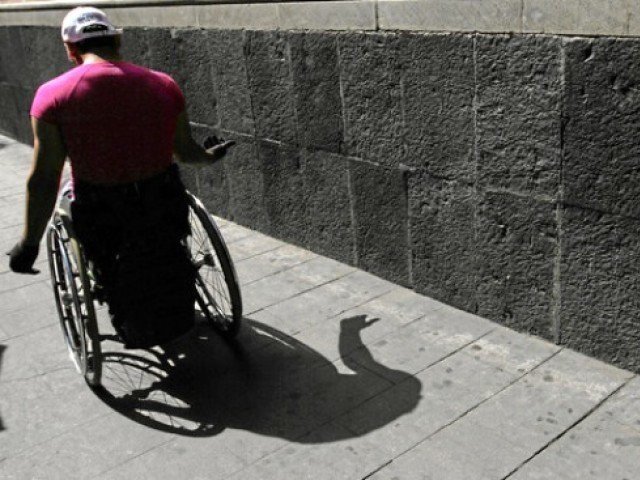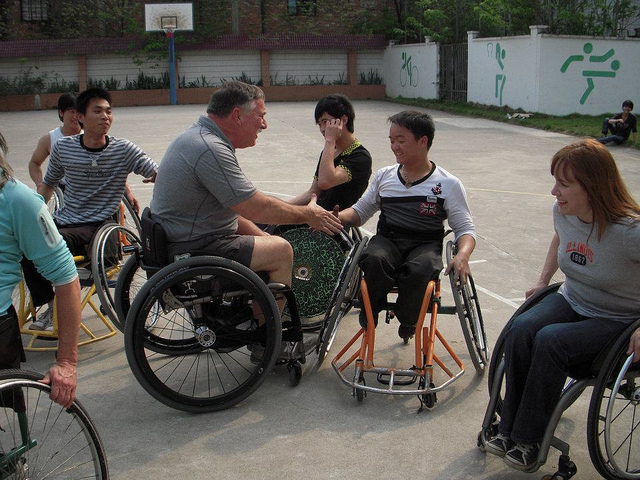Sports and recreation are universal languages that transcend barriers, bringing people together in shared joy and camaraderie. For those with disabilities, the world of adaptive activities opens doors to empowerment, inclusion, and boundless fun. In this article, we delve into the realm of sports and recreation for all, exploring adaptive activities that cater to the diverse needs of individuals with disabilities.
Embracing Inclusivity in Sports
In recent years, there has been a growing recognition of the importance of inclusivity in sports and recreation. The adaptive sports movement has gained momentum, fostering environments where individuals of all abilities can participate and thrive. From wheelchair basketball to para-athletics, these adaptive sports not only provide physical benefits but also contribute to the social and emotional well-being of participants.
Breaking Down Barriers
Adaptive activities are breaking down traditional barriers, creating opportunities for individuals with disabilities to engage in sports and recreation without limitations. Organizations and communities worldwide are championing the cause, ensuring that adaptive sports facilities and programs are accessible and welcoming to everyone.
Wheelchair Sports: Beyond Boundaries
One shining example of adaptive sports is wheelchair basketball. This dynamic and fast-paced game allows individuals with mobility challenges to showcase their skills and competitive spirit on an equal playing field. The inclusivity of wheelchair sports not only promotes physical fitness but also fosters a sense of community and shared passion.
Water-based Adventures
For those seeking aquatic adventures, adaptive water sports offer a refreshing take on recreation. Specially designed equipment and skilled instructors enable individuals with various disabilities to enjoy activities like adaptive kayaking and scuba diving. These water-based adventures not only provide a thrilling experience but also promote a sense of freedom and achievement.
The Role of Adaptive Recreation
Beyond organized sports, adaptive recreation encompasses a wide range of activities tailored to accommodate diverse abilities. Art classes, dance workshops, and nature excursions are just a few examples of recreational pursuits that embrace inclusivity. These activities contribute to the holistic well-being of individuals with disabilities, fostering creativity, self-expression, and social connections.
Community Initiatives
Communities play a pivotal role in promoting adaptive activities for people with disabilities. Local initiatives, such as accessible playgrounds and community events, create spaces where individuals of all abilities can come together for shared experiences. These initiatives not only enrich the lives of participants but also contribute to a more inclusive and compassionate society.

Empowering Through Education
Education is a powerful tool in promoting inclusivity in sports and recreation. By raising awareness about adaptive activities and fostering a culture of acceptance, we can create a society where everyone feels welcome and valued. Schools, colleges, and community centers can take proactive steps to integrate adaptive sports and recreation into their programs, ensuring that future generations grow up with an understanding and appreciation for diversity.
Conclusion
In the world of sports and recreation, inclusivity is not just a goal; it’s a fundamental principle that enriches the lives of individuals with disabilities. Adaptive activities empower, inspire, and break down barriers, creating a world where everyone can participate and thrive. As we embrace the joy of inclusive sports, let us continue to champion accessibility, acceptance, and the boundless possibilities that adaptive recreation brings. For more information or to read all about adaptive activities for people with disabilities, check out http://www.barryscouts.org/ to learn more.



